Comparisons
Xiaomi Pad 6 vs Samsung Galaxy Tab S8 Comparison
Check out our in-depth comparison of the Xiaomi Pad 6 and Samsung Galaxy Tab S8.
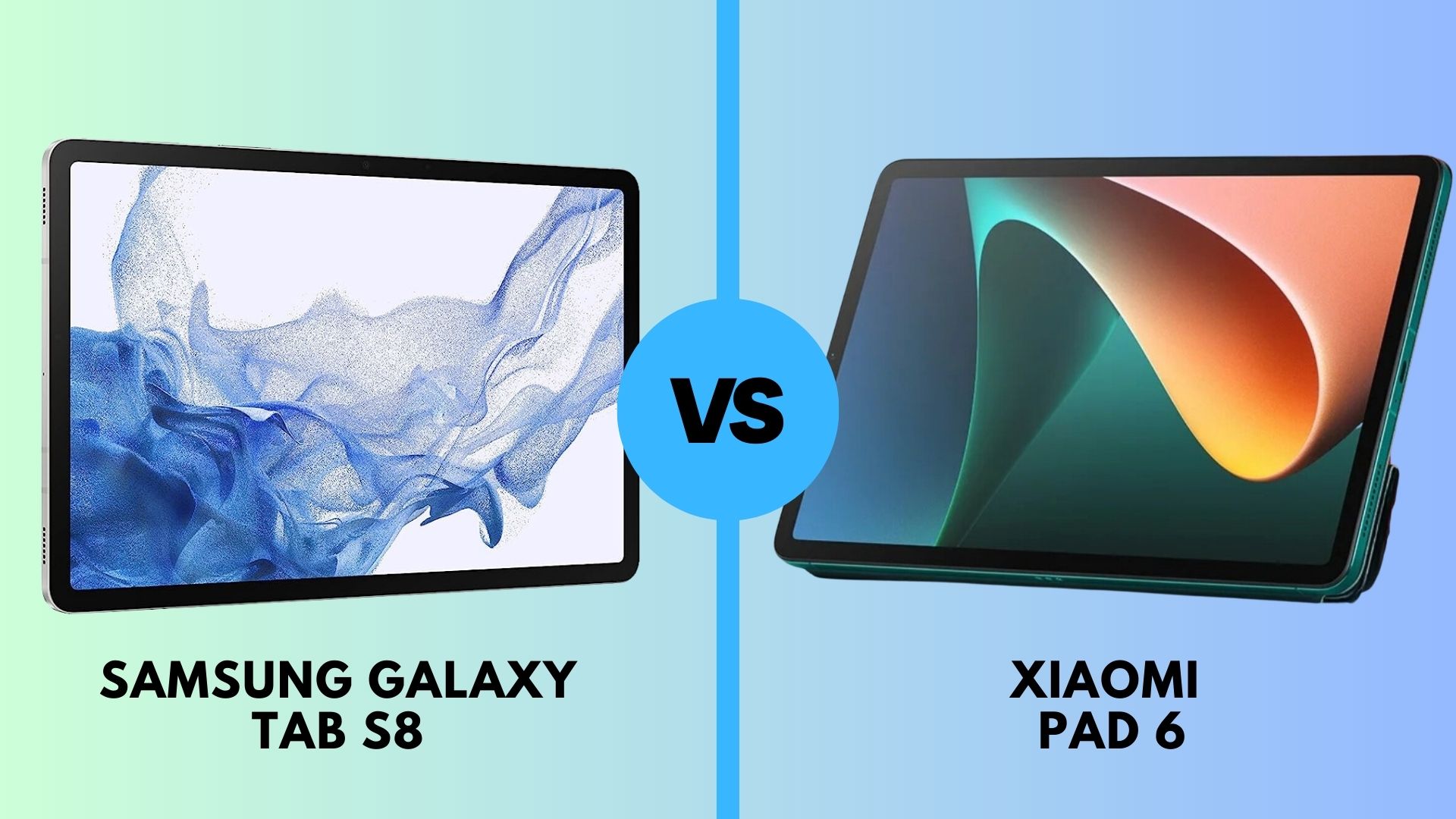
Since its launch, Xiaomi Pad 6 has gained popularity among users due to its impressive specs and budget-friendly price. It is now considered a competitor to big names in the Android tablet market, like Samsung. In this Xiaomi Pad 6 vs Samsung Galaxy Tab S8 comparison, we pit the two tablets against each other in various aspects, including Display and Design, Performance, Software, Cameras, Battery, Connectivity, etc., we hope to provide you with useful information that can help you make an informed decision.
Xiaomi Pad 6 vs Samsung Galaxy Tab S8: Overview
| Specification | Xiaomi Pad 6 | Samsung Galaxy Tab S8 |
| Display | 11-inch (2880 x 1800 resolution), 16:10 | 11-inch (2560 x 1600 resolution) |
| Processor | Snapdragon 870 7nm | Snapdragon 8 Gen 1 4nm |
| GPU | Adreno 650 | Adreno next-gen |
| RAM | 6GB/8GB LPDDR5 | 8GB |
| Storage | 128GB/256GB UFS 3.1, non-expandable | 128GB/256GB, expandable up to 1TB via microSD card |
| Operating System | Android 13 with MIUI 14 | Android 12 with One UI 4.1 |
| Cameras | 13MP rear camera,8MP front camera | 13MP rear camera, 12MP front camera |
| Dimensions | 253.95×165.18×6.51mm | 253.8×165.3×6.3mm |
| Weight | 490g | 503g (Wi-Fi) / 507g (5G) |
| Audio | USB Type-C audio, Dolby Atmos | Quad Stereo speakers with Sound by AKG |
| Fingerprint sensor | NA | Side-mounted |
| Connectivity | Wi-Fi 6 802.11 ax, Bluetooth 5.2, USB Type-C | 5G SA/NSA, 4G LTE, Wi-Fi 6E, Bluetooth 5.2, USB 3.2 Type-C, |
| Battery | 8840mAh, 33W fast charging | 8000mAh, 45W Fast Charging |
The Xiaomi Pad 6 offers a fantastic value. Even though it's quite affordable, it offers tons of flagship features like a metal body, a pretty 144Hz display, powerful hardware, and up-to-date software. You can get it with a keyboard and pen - however, some features like a fingerprint scanner are missing.
Xiaomi Pad 6 vs Samsung Galaxy Tab S8 Specs Comparison
Let’s compare the specs and performance of Xiaomi Pad 6 and Samsung Galaxy Tab S8.
Display and Design
Both the Xiaomi Pad 6 and Samsung Galaxy Tab S8 have 11-inch displays that provide an immersive experience and are great for productivity and multimedia use. The display resolution on the Xiaomi Pad 6 is 2880 x 1800 pixels, giving you sharper and more detailed visuals. The tablet also has a variable refresh rate that ranges from 30Hz to 144Hz, making for smooth scrolling and animations. Meanwhile, the Galaxy Tab S8 has a 120Hz LTPS TFT display with a resolution of 2560 x 1600 pixels, providing excellent viewing angles and vibrant colors.
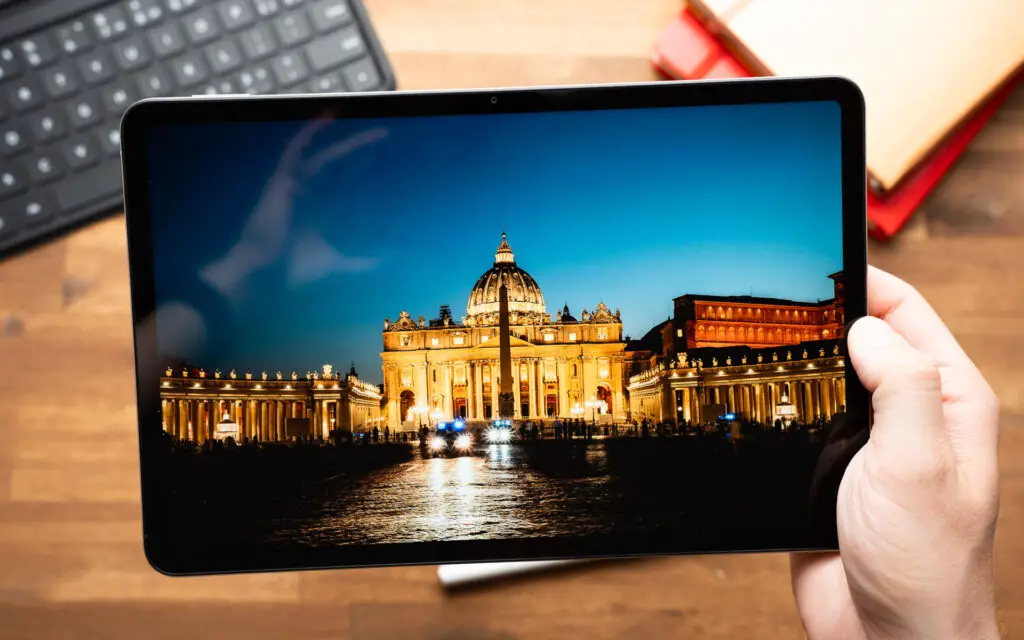
Both tablets have a stylish and high-end appearance in their design. The Xiaomi Pad 6 has narrow borders, giving a modern look and a high screen-to-body ratio. It also has Corning Gorilla Glass 3 protection for extra toughness. Meanwhile, the Samsung Galaxy Tab S8 is thin and lightweight, making it easily portable. It has a side-mounted fingerprint scanner alongside Corning Gorilla Glass 5 protection.
Also Read: Xiaomi Pad 6 Review
Performance
Under the hood, the Xiaomi Pad 6 is powered by the octa-core Snapdragon 870 processor, built on the 7nm architecture. Coupled with the Adreno 650 GPU. The tablet is available in two variants: 6GB RAM with 128GB storage and 8GB RAM with 256GB storage, offering ample space for storing files and apps.
In comparison, the Samsung Galaxy Tab S8 is equipped with the Qualcomm Snapdragon 8 Gen 1 processor, manufactured on the advanced 4nm process. It features the Adreno next-gen GPU and comes with 8GB of RAM and storage options of either 128GB or 256GB, with the flexibility of expanding the storage up to 1TB via a microSD card.
The Samsung Galaxy Tab S8, Galaxy Tab S8+, and Galaxy Tab S8 Ultra are the best Android tablets you can buy right now. We get fantastic and large Super AMOLED screens, a good LCD, and the fantastic S Pen stylus is included and has tons of software support. The tablets are super fast, have premium-feeling metal bodies, great speakers, and features like fingerprint scanners. I also like that Samsung offers up-to-date software with long software updates to come.
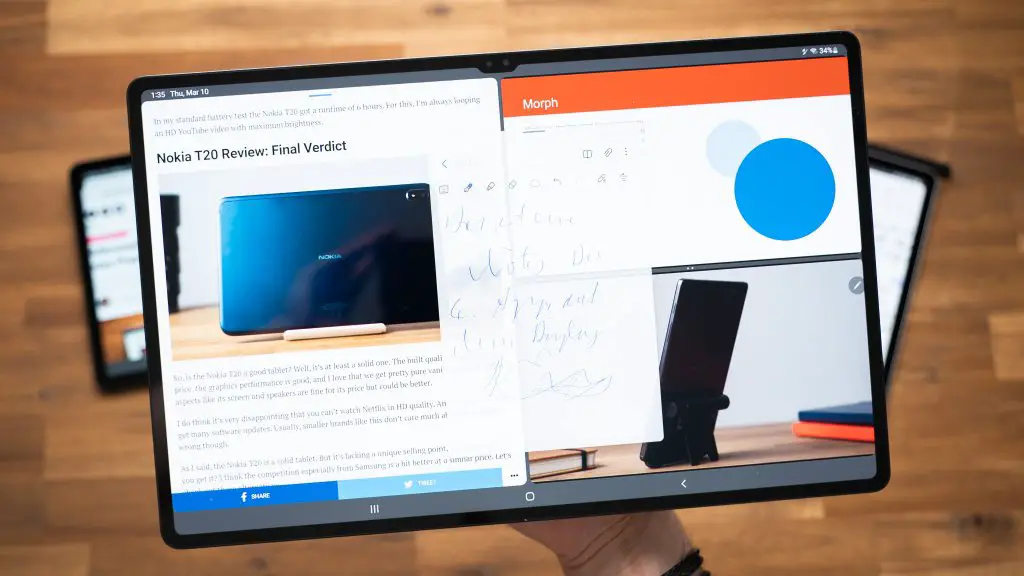
Both tablets provide powerful hardware configurations capable of handling resource-intensive tasks with ease. Although Xiaomi Pad 6’s Snapdragon 870 processor is expected to offer slightly higher clock speeds, the benchmark results draw a different comparison. Let’s compare their performance based on the provided single-core CPU, multi-core CPU, and compute scores in Geekbench.
| Tablet | Single-Core CPU Score | Multi-Core CPU Score | Compute Score |
| Xiaomi Pad 6 | 1006 | 3293 | 3569 |
| Samsung Galaxy Tab S8 | 1228 | 3269 | 5896 |
The Xiaomi Pad 6 features a single-core CPU score of 1006 and a multi-core CPU score of 3293. These scores indicate its ability to handle single-threaded and multi-threaded tasks efficiently. Additionally, the tablet achieves a compute score of 3569, which reflects its computational capabilities for demanding applications and tasks.
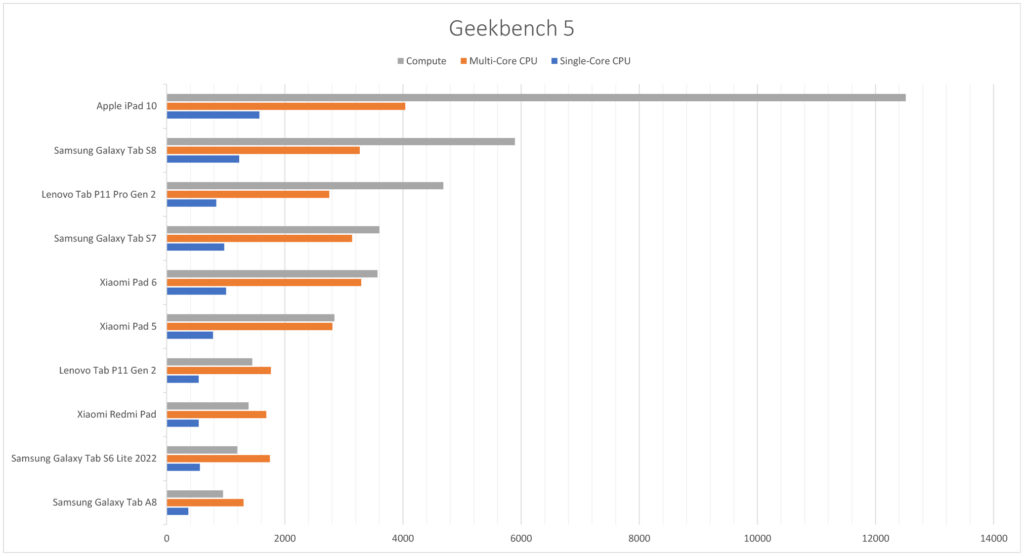
On the other hand, the Samsung Galaxy Tab S8 boasts a slightly higher single-core CPU score of 1228, showcasing its superior performance in single-threaded operations. The tablet achieves a multi-core CPU score of 3269, comparable to that of the Xiaomi Pad 6. However, the Galaxy Tab S8 excels in the compute score with an impressive score of 5896, indicating its computational prowess for resource-intensive tasks.
Based on these benchmark scores, the Samsung Galaxy Tab S8 demonstrates a stronger single-core CPU performance, which can be beneficial for tasks that rely heavily on single-threaded operations. However, the Xiaomi Pad 6 offers comparable multi-core CPU performance, making it well-suited for multitasking and multi-threaded applications. The Galaxy Tab S8’s higher compute score suggests that it might deliver better performance for compute-intensive tasks such as image and video editing or 3D rendering.
Ultimately, both tablets provide commendable performance capabilities, and the choice between them may depend on specific workload requirements and user preferences. Not to forget, Xiaomi Pad 6 costs much less than the Tab S8.
Also Read: Samsung Galaxy Tab S8 Review
Software and Graphics
The Xiaomi Pad 6 runs on Android 13 with MIUI 14, which brings a host of customization options, a refined user interface, and improved app management features. Xiaomi’s software also offers various productivity tools and features to enhance the tablet experience.
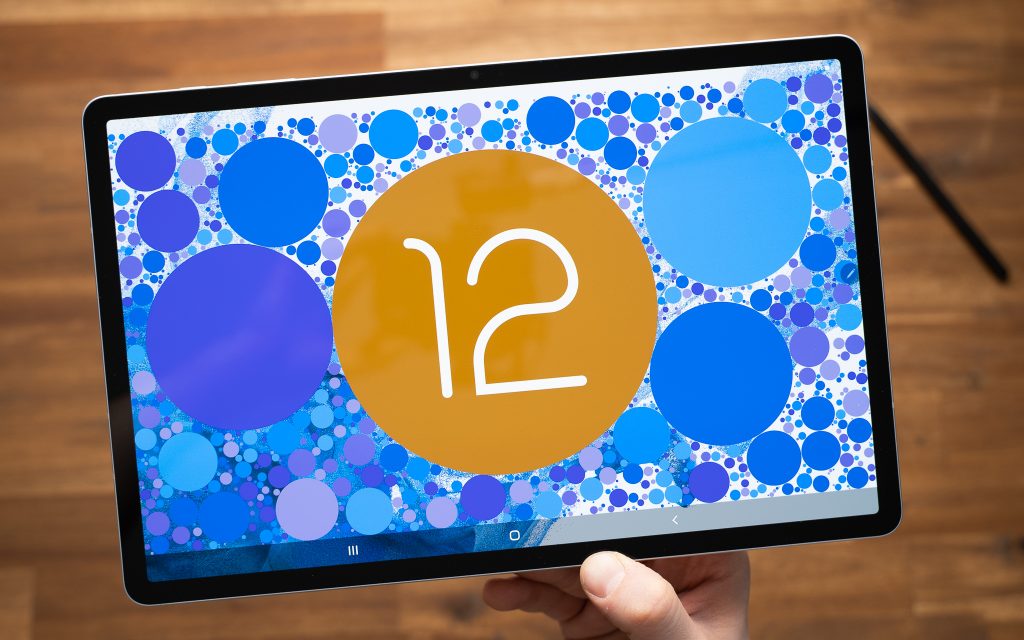
The Samsung Galaxy Tab S8 comes with Android 12 out of the box, featuring Samsung’s own One UI 4.1 skin. One UI 4.1 provides a user-friendly interface, with intuitive navigation and a range of useful features. Samsung’s software ecosystem is known for its robustness and extensive compatibility with other Samsung devices.
Both tablets offer a rich software experience, and the choice between MIUI 14 and One UI 4.1 largely depends on personal preference and familiarity with the respective interfaces.
| Tablet | Wild Life Score | Wild Life Extreme Score |
| Xiaomi Pad 6 | 5635 | 1054 |
| Samsung Galaxy Tab S8 | 8613 | 2233 |
The table above represents the graphics performance scores of the Xiaomi Pad 6 and Samsung Galaxy Tab S8 in two specific benchmarks: Wild Life and Wild Life Extreme. The Pad 6 features Adreno 650 GPU while the Galaxy Tab S8 has Adreno next-gen GPU.
The Wild Life benchmark is used to evaluate a device’s GPU performance by creating a 3D gaming environment with wildlife themes. A higher score in this benchmark means the device has better graphics processing capabilities and can handle visually complex games and applications. The Xiaomi Pad 6 achieves a Wild Life score of 5635, while the Samsung Galaxy Tab S8 outperforms it with a score of 8613. This indicates that the Galaxy Tab S8 delivers superior GPU performance and can handle graphics-intensive tasks and gaming with ease.
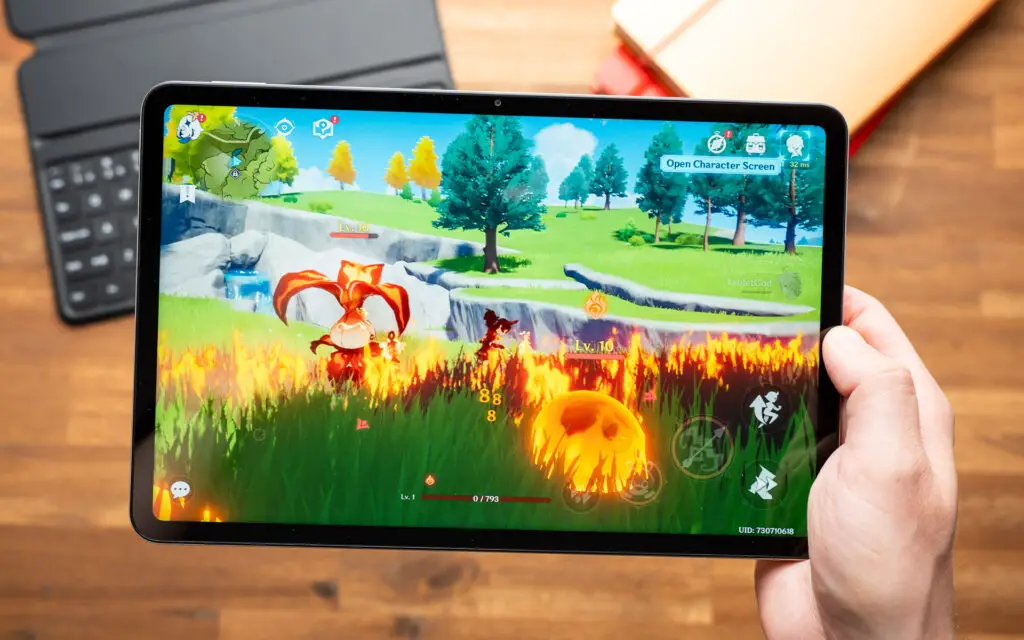
The Wild Life Extreme benchmark is a more demanding version of the Wild Life benchmark, pushing the GPU to its limits and simulating even more visually complex and demanding gaming scenarios. In the Wild Life Extreme benchmark, the Xiaomi Pad 6 scores 1054, while the Samsung Galaxy Tab S8 performs better with a score of 2233. This data suggests that the Galaxy Tab S8 is more capable of handling extremely demanding graphics tasks and running high-end games smoothly.
According to the benchmark scores, the Samsung Galaxy Tab S8 has better GPU performance than the Xiaomi Pad 6, making it a better option for those who prioritize gaming or graphics-heavy applications. However, it’s worth noting that real-world performance can differ depending on the specific games or apps that are used, as well as other factors like software optimization and thermal management.
Cameras
In terms of camera capabilities, the Xiaomi Pad 6 features a 13MP rear camera with a wide aperture of f/2.2 and PDAF (Phase Detection Autofocus). It also has an 8MP front camera with a105° FoV and focus frame, enabling users to capture clear and detailed photos and videos.
On the other hand, the Samsung Galaxy Tab S8 sports a dual-camera setup on the rear with a 13MP primary camera with an f/2.0 aperture and a 6MP ultra-wide camera with an f/2.2 aperture. The tablet also offers a 12MP front-facing camera with an f/2.4 aperture, allowing users to capture high-quality selfies and video calls.
While both tablets provide decent camera setups, the Galaxy Tab S8 takes the lead with its dual camera setup on the rear and higher resolution front camera.
Battery
Battery life is a crucial factor to consider when choosing a tablet. The Xiaomi Pad 6 is equipped with a 8840mAh (typical)/8640mAh (min) battery with support for 33W fast charging, In comparison, the Samsung Galaxy Tab S8 packs an 8,000mAh battery with support for 45W fast charging.
| Tablet | Battery Life (hours) |
| Samsung Galaxy Tab S8 | 7.5 |
| Xiaomi Pad 6 | 8.15 |
As per our battery test, the Samsung Galaxy Tab S8 lasts for approximately 7.5 hours, while the Xiaomi Pad 6 offers a slightly longer battery life of around 8.15 hours. In our battery test, we ran full-HD YouTube videos on maximum brightness.
The Xiaomi Pad 6’s marginally better battery performance can be attributed to its efficient power management and optimization for the higher refresh rate display. It’s worth noting that battery life can vary depending on usage patterns, screen brightness, and other factors. However, these figures give us a general idea of the tablets’ endurance.

When choosing between the two tablets, if battery life is a top priority for you, the Xiaomi Pad 6 with a 144Hz refresh rate display might be the preferable option, as it offers a slightly longer usage time before requiring a recharge. However, it’s always a good idea to consider your specific usage requirements and adjust your expectations accordingly.
Remember that these figures are based on extreme tests and real-world moderate usage may differ. Both tablets provide fast charging capabilities, but the Xiaomi Pad 6’s larger battery capacity offers slightly longer usage times between charges.
Connectivity and Additional Features
Connectivity options are crucial for a tablet, as they determine the versatility and compatibility with other devices. The Xiaomi Pad 6 supports Wi-Fi 6 802.11 ax (2.4GHz + 5GHz) for fast and stable wireless internet connectivity. It also offers Bluetooth 5.2 and USB Type-C USB3.2 Gen1 for seamless data transfer and connectivity with other devices.
The Samsung Galaxy Tab S8 supports 5G SA/NSA and 4G LTE for high-speed mobile data connectivity. It also features Wi-Fi 6E 802.11 ax, ensuring reliable and fast wireless internet connections. The tablet incorporates Bluetooth 5.2, USB 3.2 Type-C, and various satellite positioning systems such as GPS, GLONASS, and Galileo.
Both tablets offer comprehensive connectivity options, with the Galaxy Tab S8 providing the added advantage of 5G support for users seeking the fastest mobile data speeds available.
Regarding accessories, the quality of the stylus that comes with Xiaomi Pad 6 has improved and is now comparable to the S Pen or Apple Pencil. However, the only downside is that the Xiaomi device doesn’t have a note-taking app like Samsung Notes, which is only available for Galaxy Tab S tablets. But there are apps available on the Play Store that work well with the stylus.
Pricing and Availability
The Xiaomi Pad 6 has a favourable pricing strategy that gives it a competitive edge. It is priced at 399 Euros in Europe, making it an excellent choice for customers who want a top-notch tablet at a reasonable price. In India, it is priced at Rs. 26,999, making it an ideal option for budget-conscious consumers within the Indian market. Since the previous version of the tablet was available in the United States, it is likely that Xiaomi will release the Pad 6 in the US market.
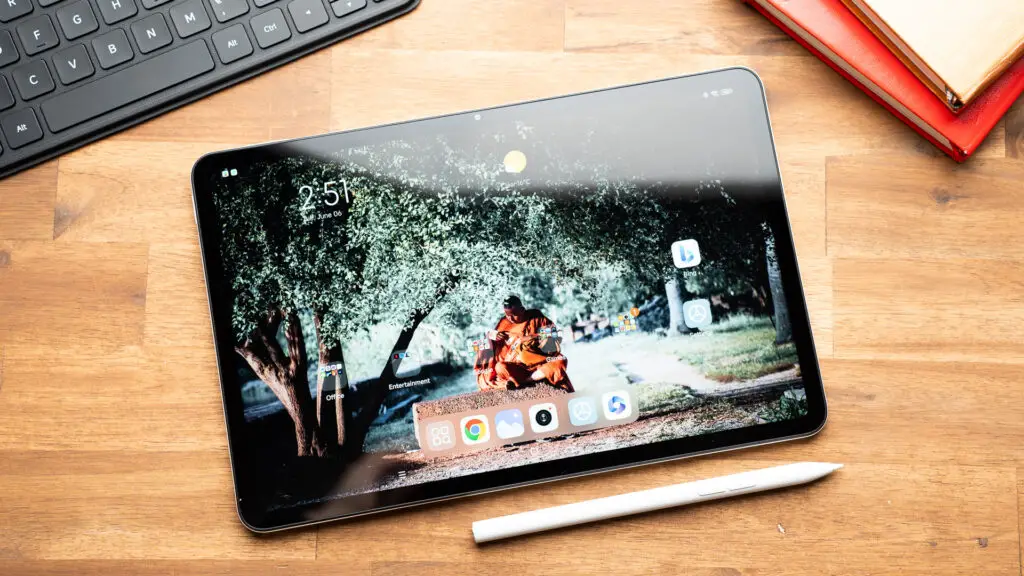
The Samsung Galaxy Tab S8 is available in multiple configurations with varying storage options and connectivity capabilities. The Wi-Fi models are priced at $699 for the 8GB RAM with 128GB storage variant and $779.99 for the 8GB RAM with 256GB storage variant.
The Verdict
When comparing the Xiaomi Pad 6 and Samsung Galaxy Tab S8, it’s important to consider the pricing alongside their respective features and performance. The Xiaomi Pad 6 offers an attractive price point, making it a more affordable option for those on a budget. With its competitive specifications and features, it provides good value for money, especially considering the lower pricing compared to the Galaxy Tab S8.
On the other hand, the Samsung Galaxy Tab S8 commands a higher price tag, particularly in its 5G variants and models with larger storage capacities. While it may be a more premium option, it offers a robust set of features, including a high-quality display, powerful performance, and extensive connectivity options. The Galaxy Tab S8’s pricing reflects its premium positioning in the market.
Ultimately, the choice between the Xiaomi Pad 6 and Samsung Galaxy Tab S8 will depend on individual preferences, budget considerations, and specific requirements. The Xiaomi Pad 6 presents an attractive option for those looking for a balance between price and performance, while the Galaxy Tab S8 offers a more premium experience with a higher price point. Considering your needs and budget, you can make an informed decision based on these factors.
Still in two minds about the Xiaomi Pad 6 and Galaxy Tab S8? Check out reviews for the two on YouTube! Don’t forget to subscribe to our channel for regular updates.
Watch our Galaxy Tab S8 review:
Check out our Xiaomi Pad 6 review too!
Leave a Reply
-
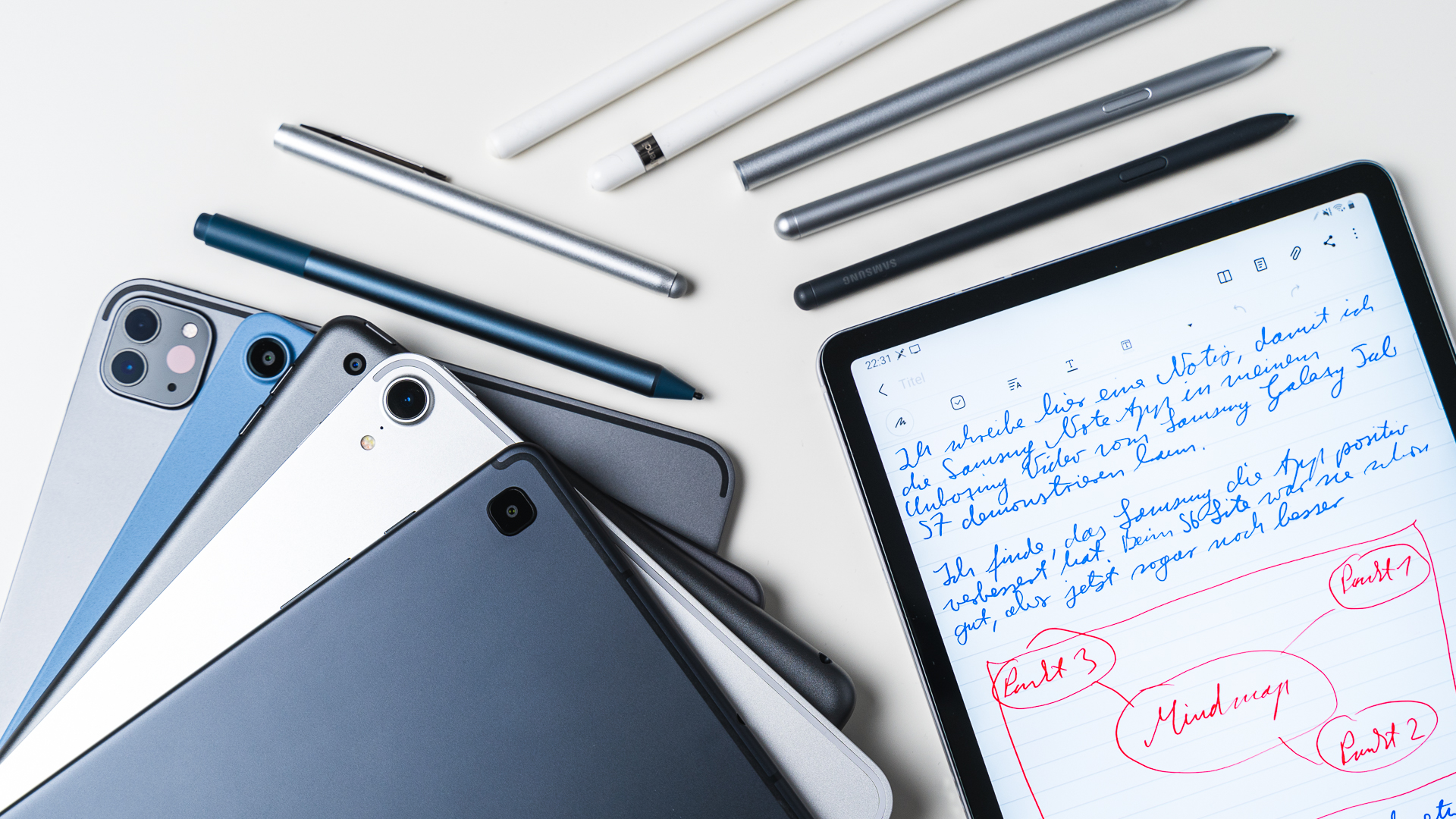
 The Best3 months ago
The Best3 months ago9 Best Tablets With Stylus Pen For Drawing & Writing | 2024 Edition
-
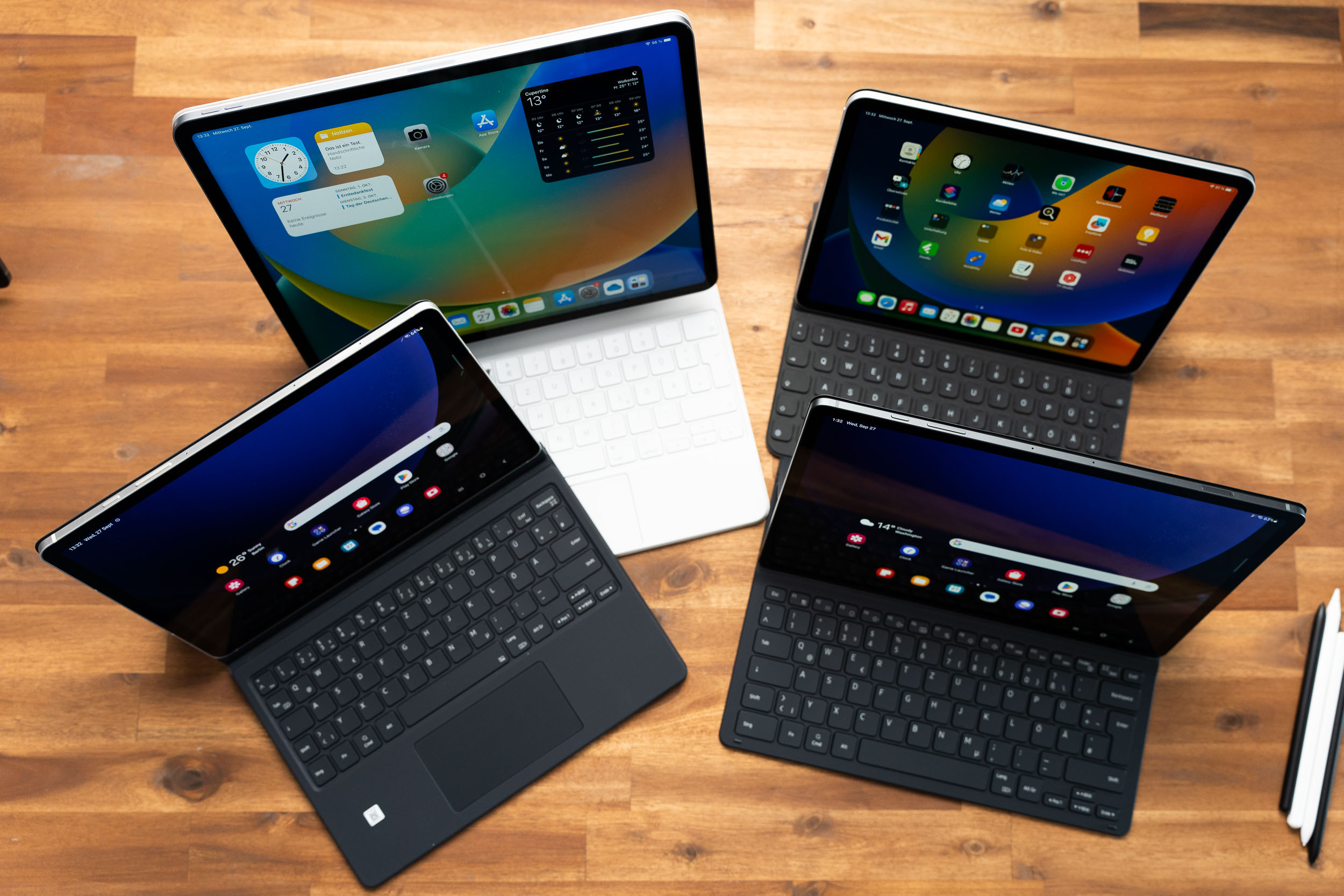
 The Best2 months ago
The Best2 months agoTop 10 Best Tablets with a Keyboard | 2024 Edition
-
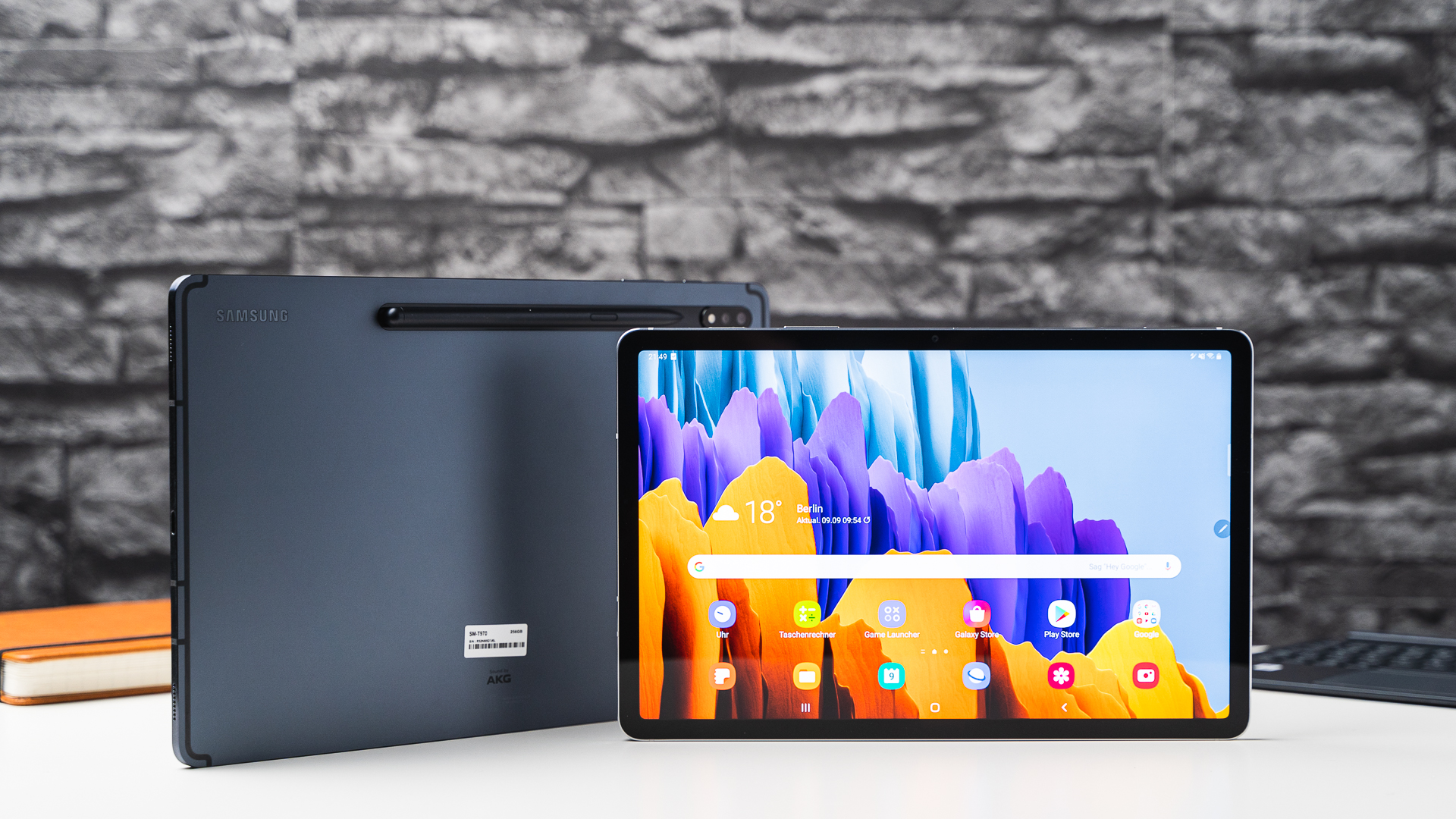
 The Best1 month ago
The Best1 month agoTop 15 Best Android Tablets Based On Real Reviews | 2024 Edition
-
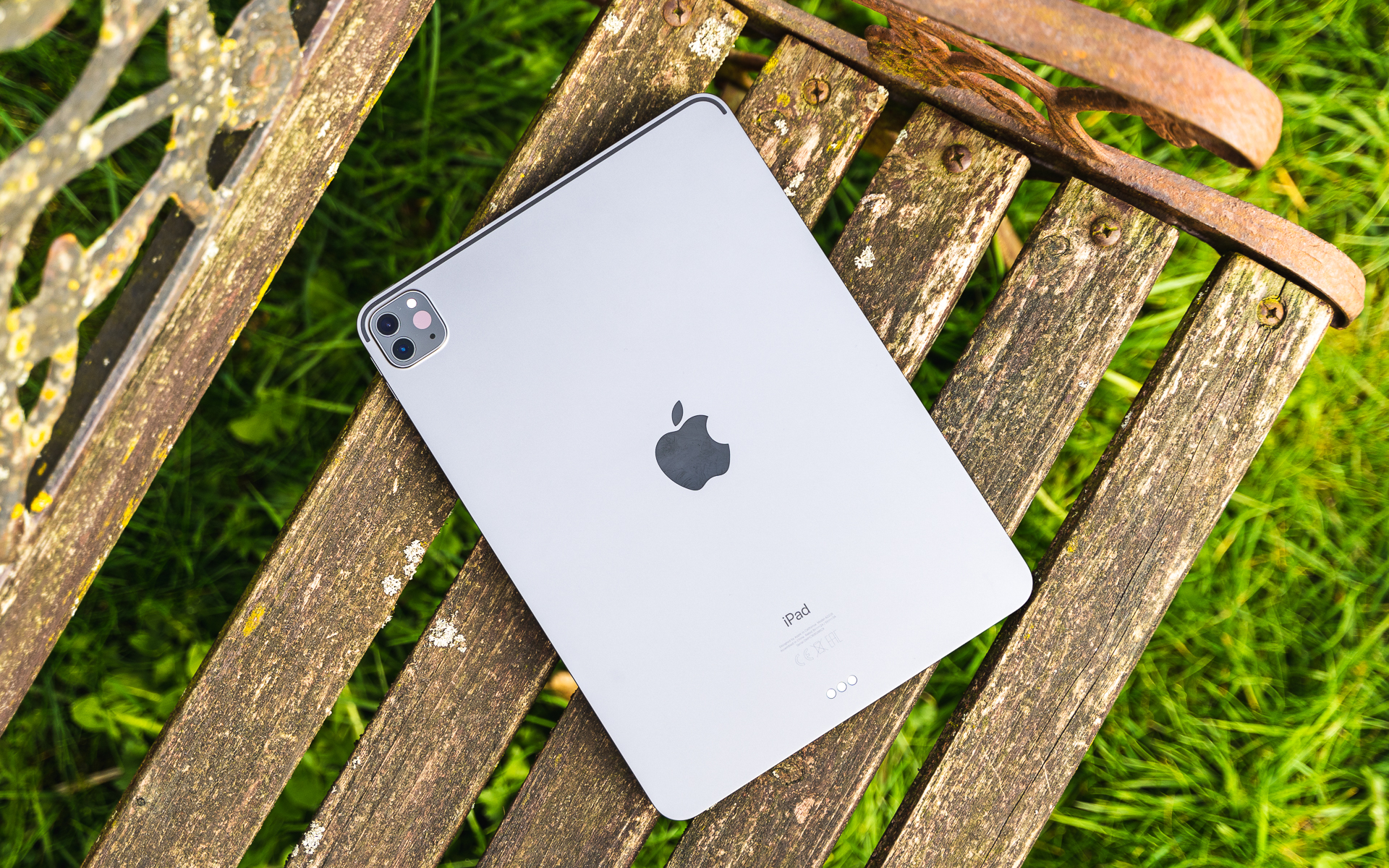
 The Best4 weeks ago
The Best4 weeks ago11 Best Tablets With 5G, 4G LTE & SIM Card Slot in 2024
-
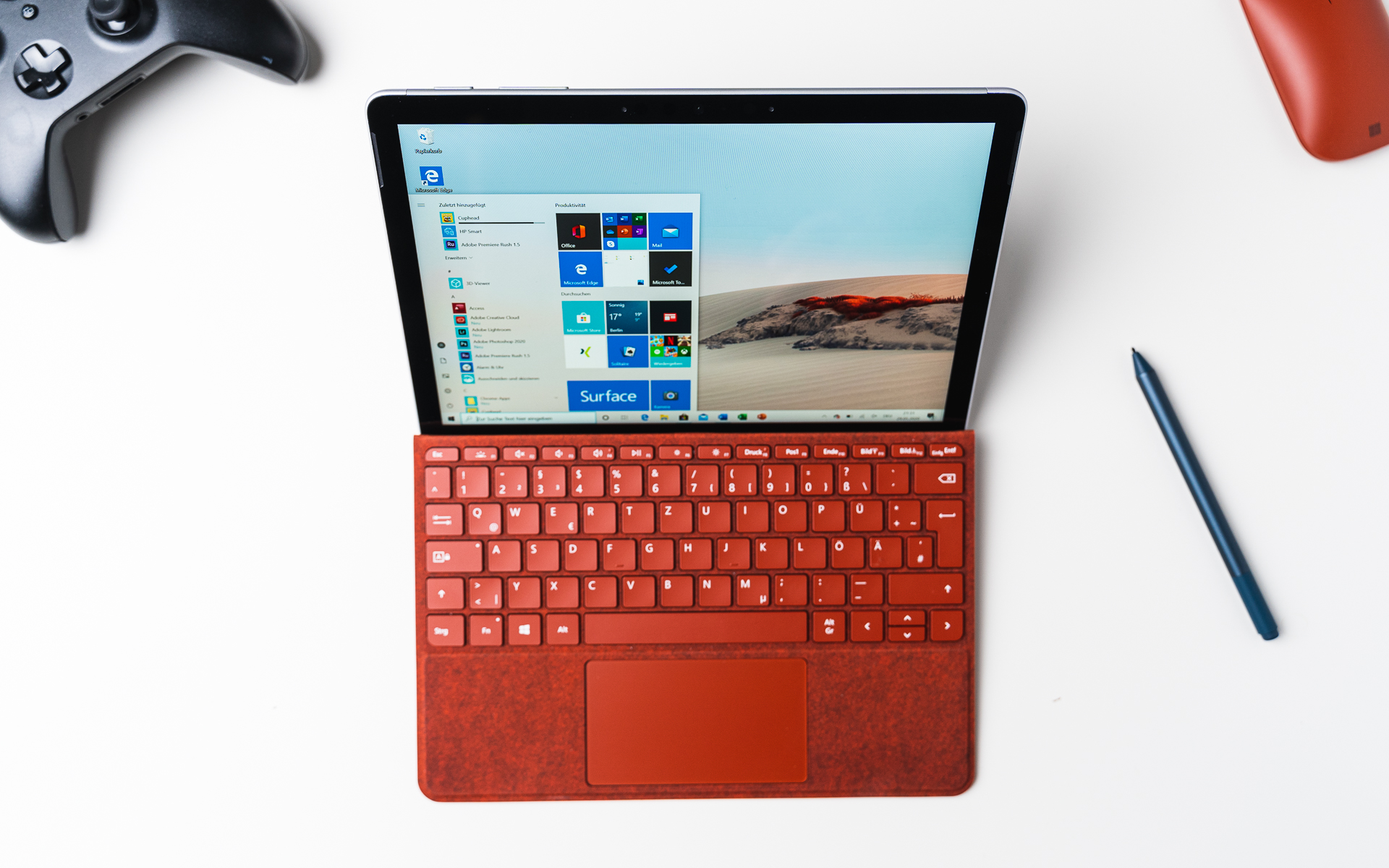
 The Best2 months ago
The Best2 months agoTop 3 Best Windows Tablets You Can Buy Today | 2024 Edition
-
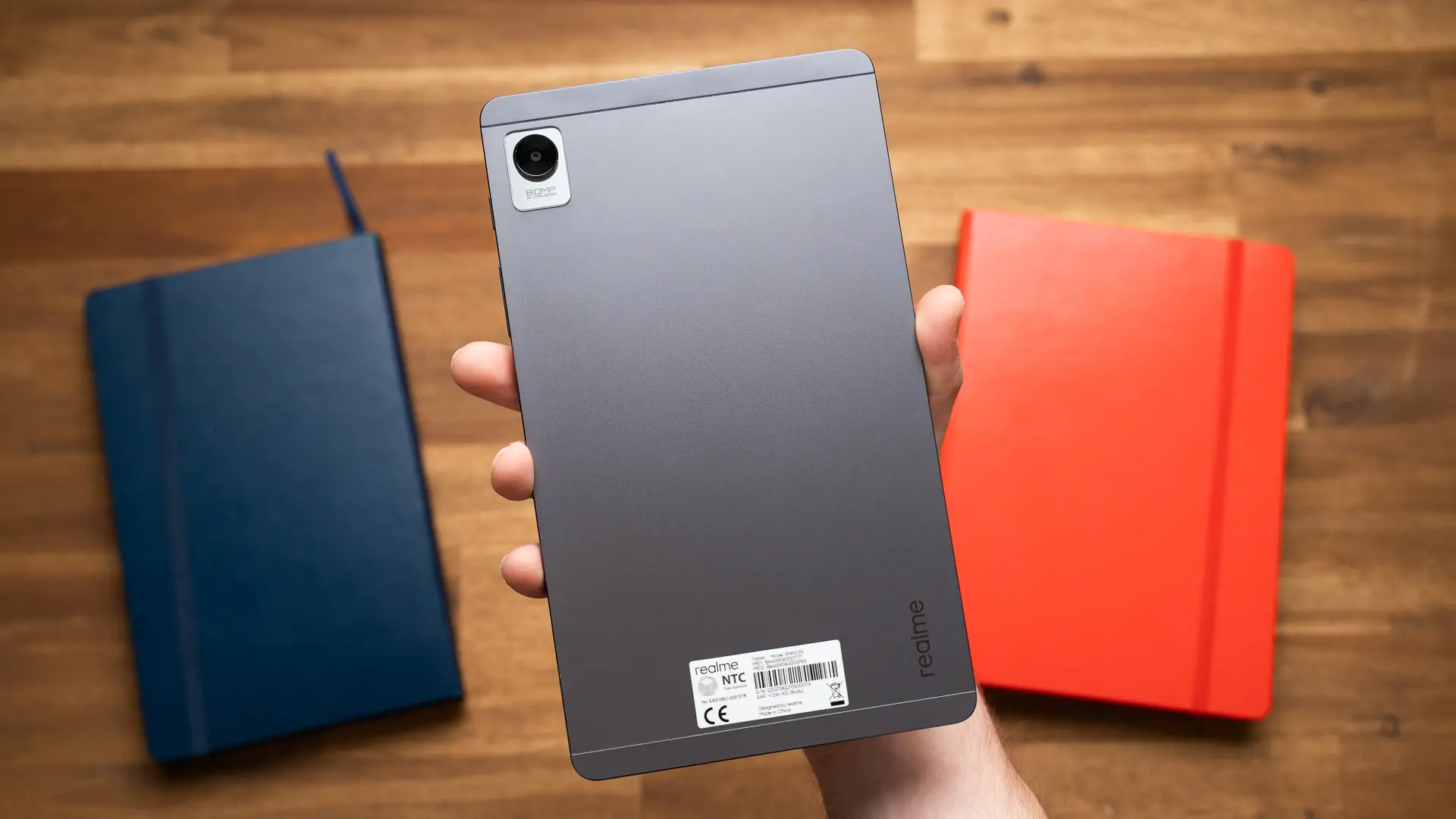
 The Best1 month ago
The Best1 month ago6 Best 8-Inch Mini Tablets Review & Comparison | 2024 Edition
-
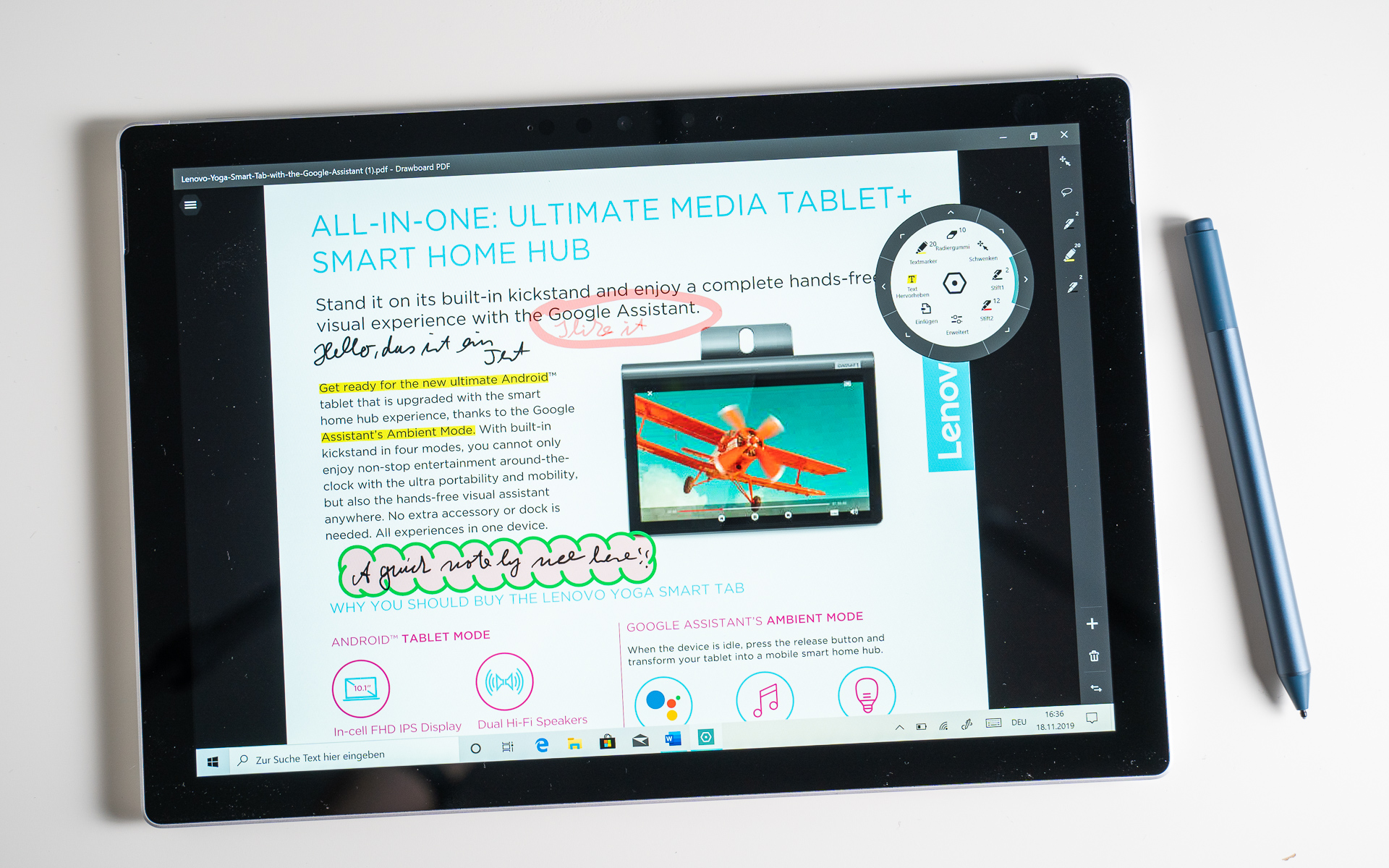
 The Best5 months ago
The Best5 months agoBest Surface Pen Apps: 16 Must-Haves for Your Surface Pro & Go
-
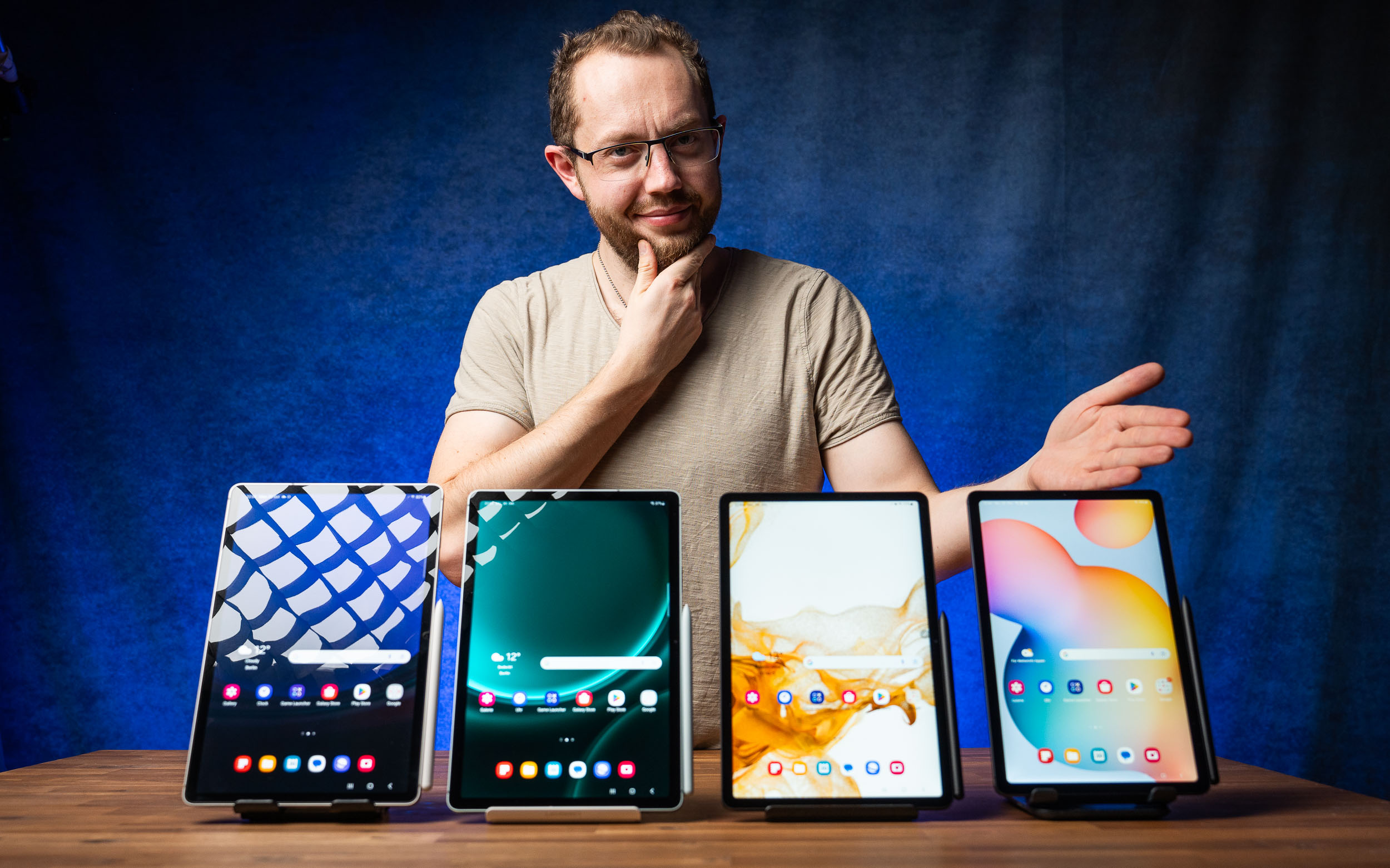
 The Best2 months ago
The Best2 months agoThe 8 Best Samsung Tablets: Our Big 2024 Comparison

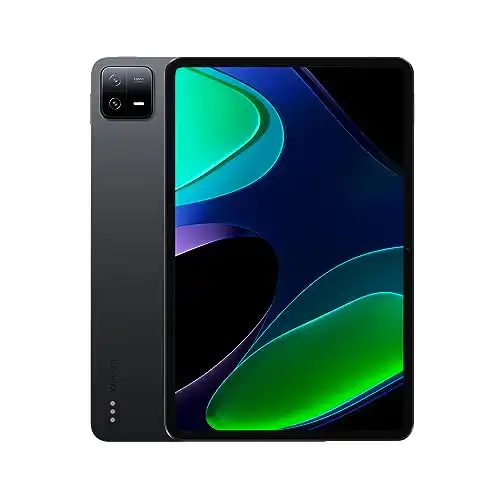
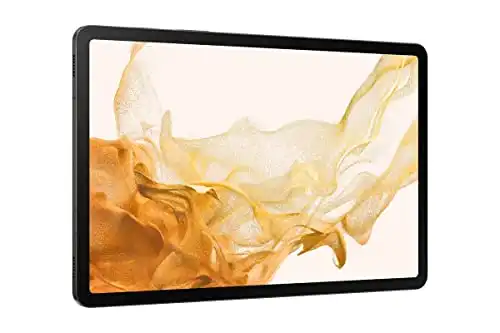

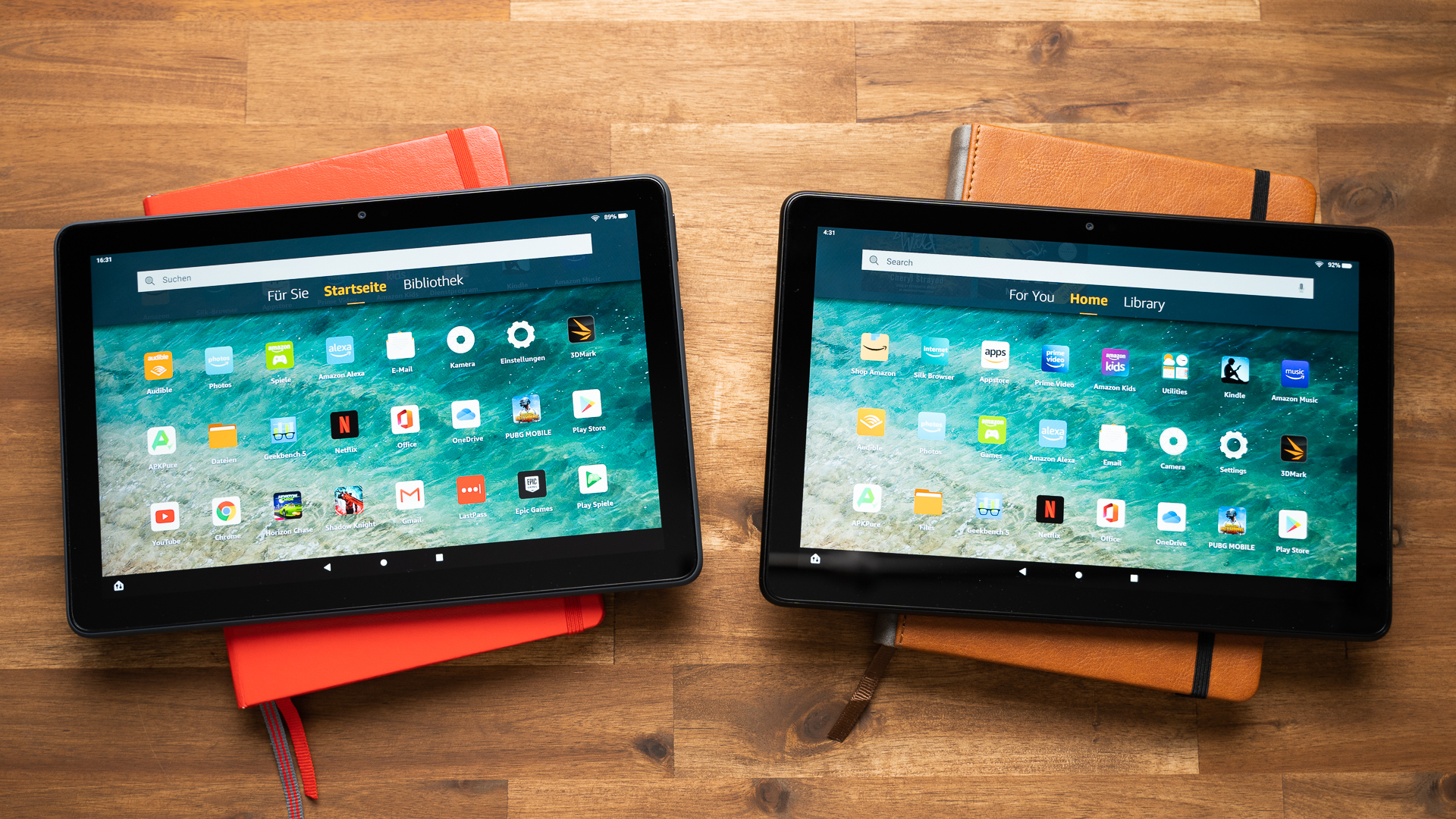
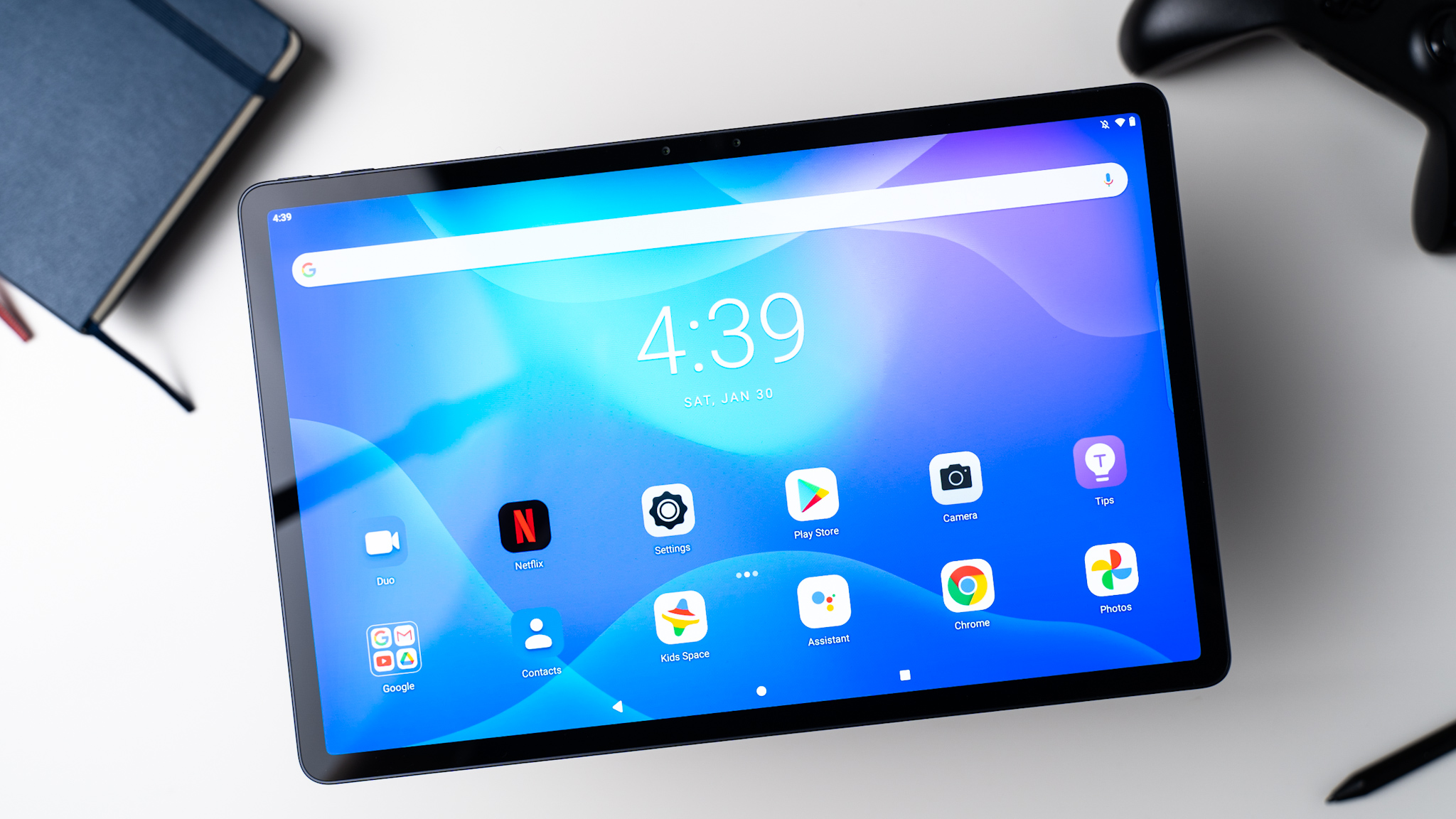
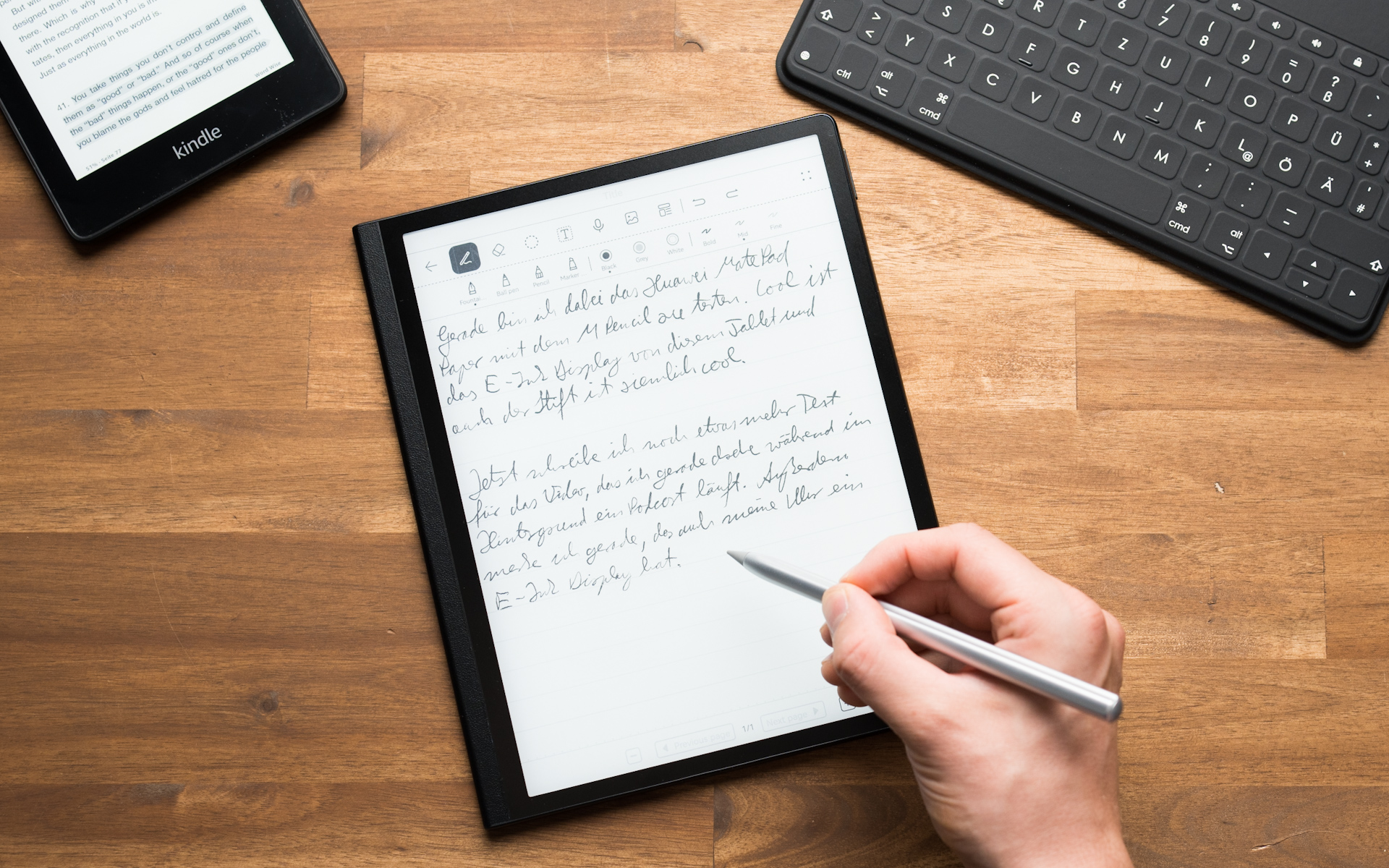
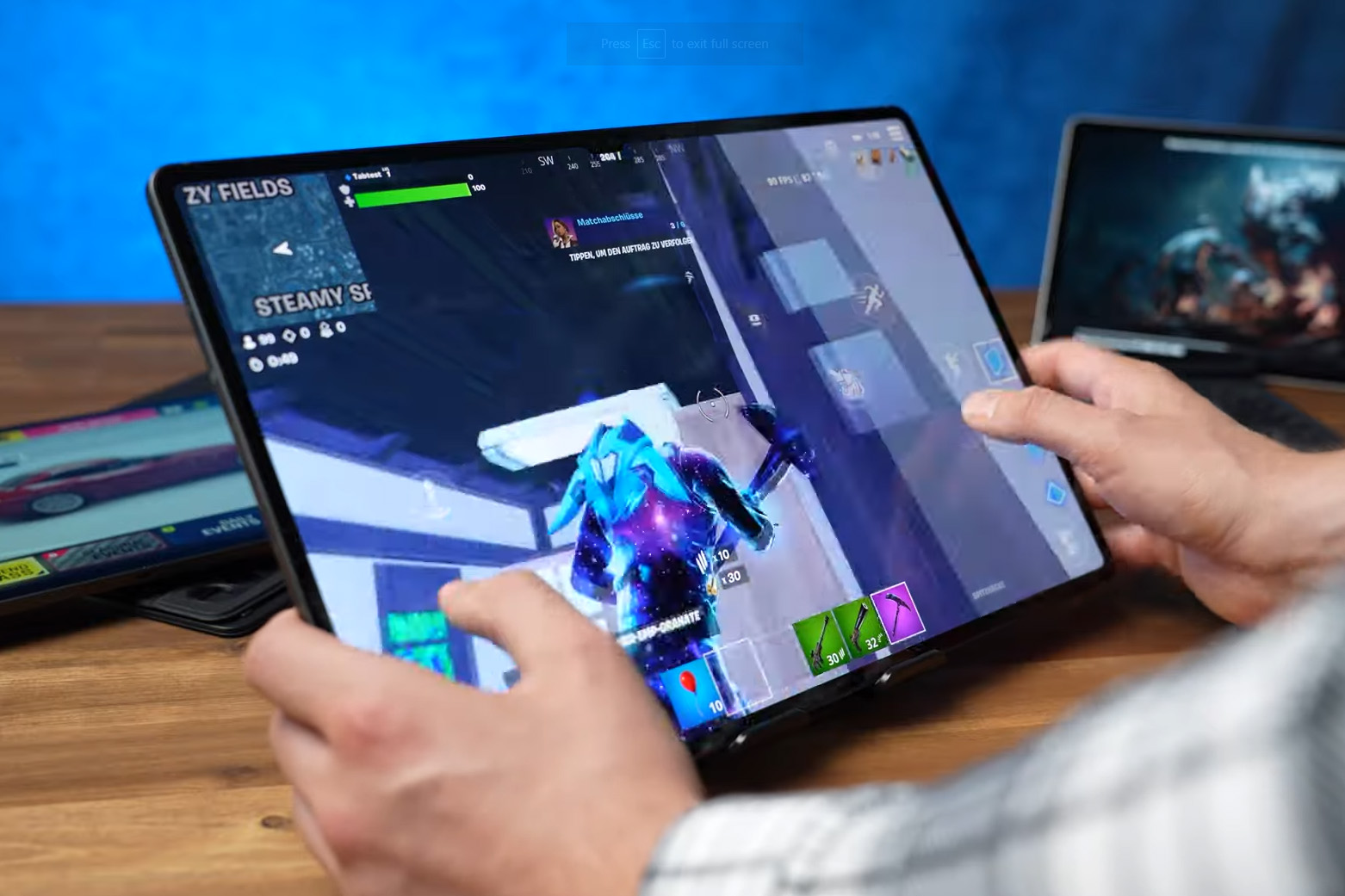

Davis McAvoy
July 7, 2023 at 9:32 pm
Just the comparison I was looking for. I like Samsung tablets but Xiaomi tablet is way cheaper and comparable in terms of regular performance. I think I’ll go for it and see if it’s worth it. Thank you guys for helping me out.
ADebono
July 8, 2023 at 10:01 am
You completely forgot to mention Samsung’s advanced ‘laptop-like’ DEX and Xiaomi’s attempt to simulate same. Samsung’s Dex is superior to any other brand’s
Douglas Barr
July 13, 2023 at 4:38 pm
I have the Chinese version of the Xiaomi Pad 6 and my Geekbench 6 score for this tablet is Single core 1306 and multi-core 3376.Whyvwou LD this be?